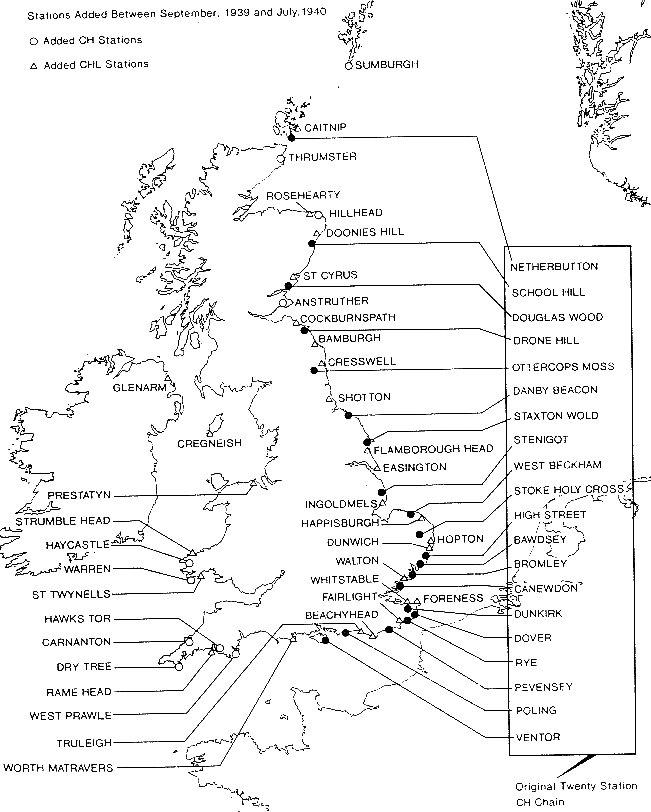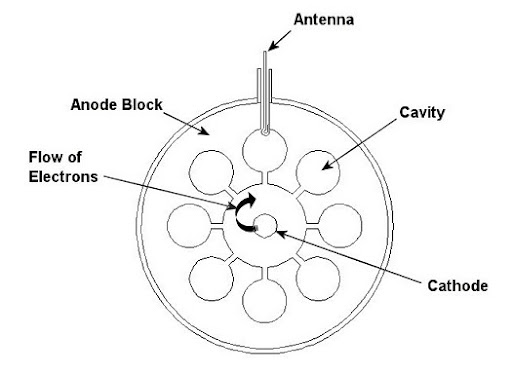RADAR
During the late 19th century Heinrich Hertz ran experiments that showed that radio waves were reflected by metallic objects.
Robert Watson-Watt, who was the supervisor of a National Radio Research Laboratory, was asked for his views on the discovery. He believed that radio waves could be bounced off aircraft to detect them. His assistant, Arnold Wilkins ran the calculations to determine the feasibility of detecting aircraft with radio waves.
On 26 February 1935, they successfully demonstrated that it was indeed possible to detect aircraft using radio waves. They demonstrated this by using a BBC transmitter and picking up the reflections coming from a Handley Page Heyford bomber.
In May 1935, they set up experiments which lead to the first working radar system. Six wooden towers were built, two transmitting towers and four receiving towers. After this success, 240ft wooden receiver towers and 360ft steel transmitter towers were built, and wires were hung between them to make curtain antennas. The wood was used to reduce secondary reflections that would make readings less accurate or create extra artifacts. This became the first Chain Home Radar station. By the start of WW2 there was a chain of radar stations in place around the coast of Britain. This system was in use all the way until 1953 when newer technology replaced it.

Cavity magnetron
What is a cavity magnetron? A cavity magnetron is a microwave source that uses tuned cavities to create an oscillation.
The cavity magnetron was invented on 21 February 1940 by Sir John Randall and Harry Boot at the University of Birmingham, England. This first prototype produced 400w of power at a wavelength of 9.8cm. Before the invention of the Cavity magnetron came the Hull Magnetron invented by Albert W. Hull in 1920. This was a simpler design and might be discussed in a later article.
In a cavity magnetron a DC voltage is applied between the centre cathode and the outer anode which, under a vacuum, allows electron emission from the cathode (there is a filament like any other vacuum tube that heats the cathode). These electrons fly past resonant cavities, which are part of the anode, at speeds that generate microwave energy. The microwaves are coupled out of the magnetron using an antenna and a wave guide. The resonant cavities act like LC circuits and determine the operating frequency of the magnetron.

The magnetron led to better radar systems with a higher resolution that were vehicle-portable. They allowed for easier navigation at night on aircraft and also meant that pilots could detect any enemy aircraft and see if they were in range of the aircraft’s guns. They have had many, many uses in our lives.
Leave a Reply